Introduction
In the realm of culinary delights, traditional dishes often hold a special place, not just for their taste but also for the stories and traditions they encapsulate. One such dish that stands out in the pantheon of Chinese cuisine is Bamboo Shoot and Pork Stew, a hearty and flavorful meal that combines the earthy richness of pork with the crisp, fresh taste of bamboo shoots. This dish is not merely a meal; it’s a journey through flavors, textures, and aromas that transport you to the lush landscapes where bamboo thrives.
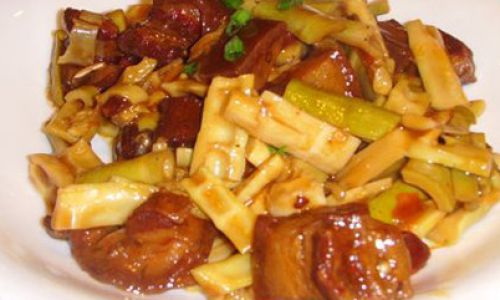
In this article, we will delve into the intricacies of making Bamboo Shoot and Pork Stew, from selecting the right ingredients to perfecting the cooking technique. By the end, you’ll be equipped with the knowledge and skills to create a dish that is both authentic and delightful, a true testament to the harmony of nature and culinary artistry.
Ingredients Selection
The success of any dish lies in the quality of its ingredients. For Bamboo Shoot and Pork Stew, here’s what you need:
-
Pork Belly or Pork Shoulder: These cuts are ideal for stewing due to their high fat content, which keeps the meat moist and flavorful during long cooking times. Look for meat with a good marbling pattern and a fresh, slightly pink hue.
-
Fresh or Canned Bamboo Shoots: Fresh bamboo shoots offer the best texture and flavor, but they can be hard to find. Canned bamboo shoots are a convenient alternative, just make sure to rinse them thoroughly to remove any preservatives or excess salt.
-
Aromatics: Garlic, ginger, and scallions are essential for building the foundation of flavor. Fresh herbs like cilantro or parsley can be used for garnish.
-
Seasonings: Soy sauce, Shaoxing wine (or dry sherry as a substitute), sugar, salt, black pepper, and star anise add depth and complexity to the stew.
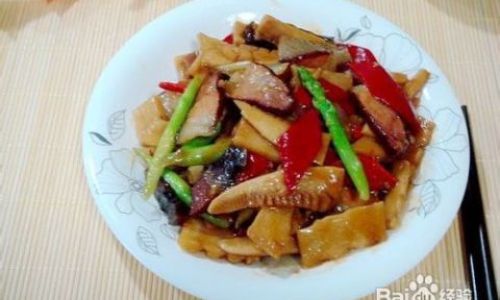
-
Stock or Broth: Chicken or pork stock provides the necessary liquid for stewing, enhancing the overall flavor. If you prefer a vegetarian option, vegetable stock works well too.
-
Thickening Agent: Cornstarch slurry or potato starch can be used to thicken the sauce towards the end of cooking, giving the stew a glossy, velvety texture.
Preparation Steps
-
Preparing the Pork:
- Start by cutting the pork into bite-sized cubes. This not only ensures even cooking but also makes it easier to eat.
- Blanch the pork pieces in boiling water for about 5 minutes to remove any impurities and blood. This step is crucial for a clean, clear broth.
- Drain the pork and set it aside. Pat it dry with paper towels to prevent excess moisture from diluting the stew.
-
Preparing the Bamboo Shoots:
- If using fresh bamboo shoots, peel them carefully and cut into similar-sized pieces as the pork. Soak them in water for a few hours to remove bitterness, changing the water occasionally.
- For canned bamboo shoots, rinse them thoroughly under cold running water and drain well.
-
Sautéing the Aromatics:
- Heat a little oil in a heavy-bottomed pot or Dutch oven over medium heat. Add chopped garlic, sliced ginger, and chopped scallions (white parts only). Sauté until fragrant, about 1-2 minutes.
- Add the pork cubes and cook until they are lightly browned on all sides, about 5-7 minutes. This locks in juices and adds a layer of caramelized flavor.
-
Adding Seasonings and Stock:
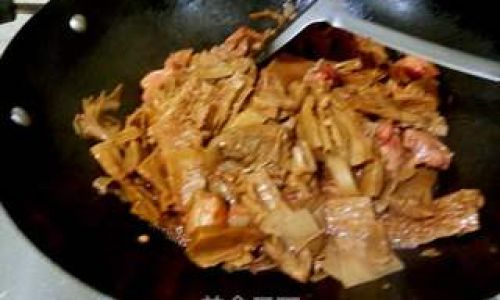
- Pour in enough stock to cover the pork by about an inch. Add soy sauce, Shaoxing wine, sugar, salt, black pepper, and star anise. Stir well to combine.
- Bring the mixture to a gentle boil, then reduce the heat to low. Cover and let it simmer for about 1 hour, or until the pork is tender and flavorful.
-
Incorporating the Bamboo Shoots:
- After an hour, add the prepared bamboo shoots to the pot. Stir gently to ensure they are submerged in the liquid.
- Continue to simmer for another 30 minutes to an hour, depending on your preference for the texture of the bamboo shoots. They should be tender but still retain some crunch.
-
Thickening and Finishing:
- Once the pork and bamboo shoots are cooked to your liking, mix a small amount of cornstarch with water to form a slurry.
- Gradually add the slurry to the stew, stirring constantly, until the sauce reaches your desired consistency. Be careful not to over-thicken it.
- Taste and adjust the seasoning with more soy sauce, salt, or sugar if needed.
-
Garnishing and Serving:
- Remove the pot from heat and let it rest for a few minutes. This allows the flavors to meld together even more.
- Garnish with chopped scallions (green parts) and fresh cilantro or parsley.
- Serve the stew hot, accompanied by steamed rice or noodles to soak up the delicious sauce.
Tips for Perfection
- Patience is Key: Stewing dishes require time and patience. Rushing the process can result in tough meat and undercooked bamboo shoots.
- Quality Ingredients: Always use high-quality ingredients, especially for the pork and stock, as they make a significant difference in the final dish.
- Taste as You Go: Don’t be afraid to taste the stew periodically during cooking. This helps you adjust the seasoning and ensure it’s perfect before serving.
- Serving Suggestions: Pair your Bamboo Shoot and Pork Stew with sides like stir-fried vegetables, pickled vegetables, or a simple green salad to balance out the rich flavors.
Conclusion
Making Bamboo Shoot and Pork Stew is not just about following a recipe; it’s about understanding the ingredients, respecting the cooking process, and embracing the art of culinary creation. With the right techniques and ingredients, you can transform this dish into a masterpiece that delights the senses and nourishes the soul. So, gather your ingredients, roll up your sleeves, and embark on a culinary journey that promises not just a meal, but an experience. Happy cooking!
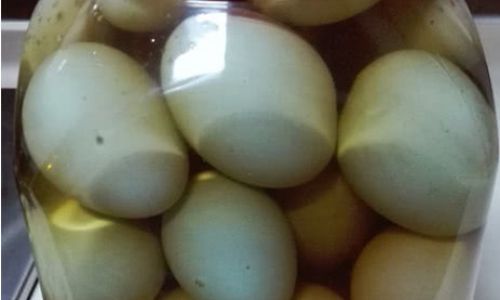
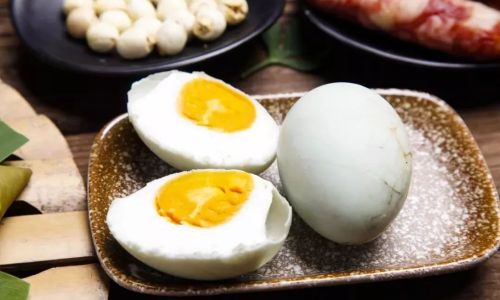

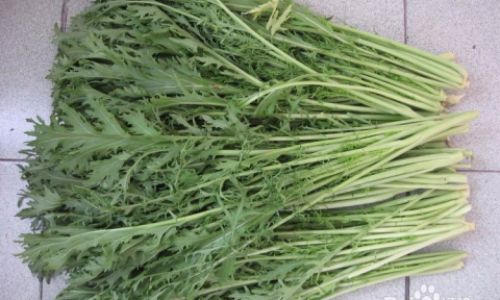
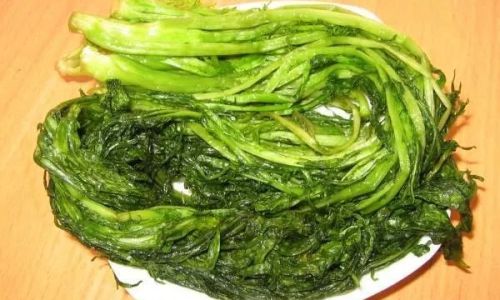
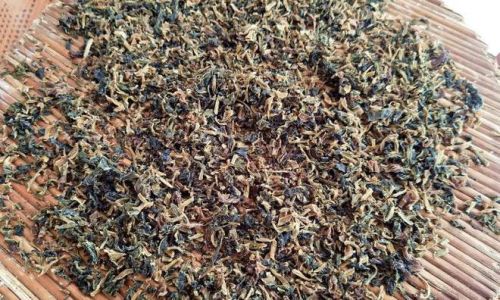
0 comments